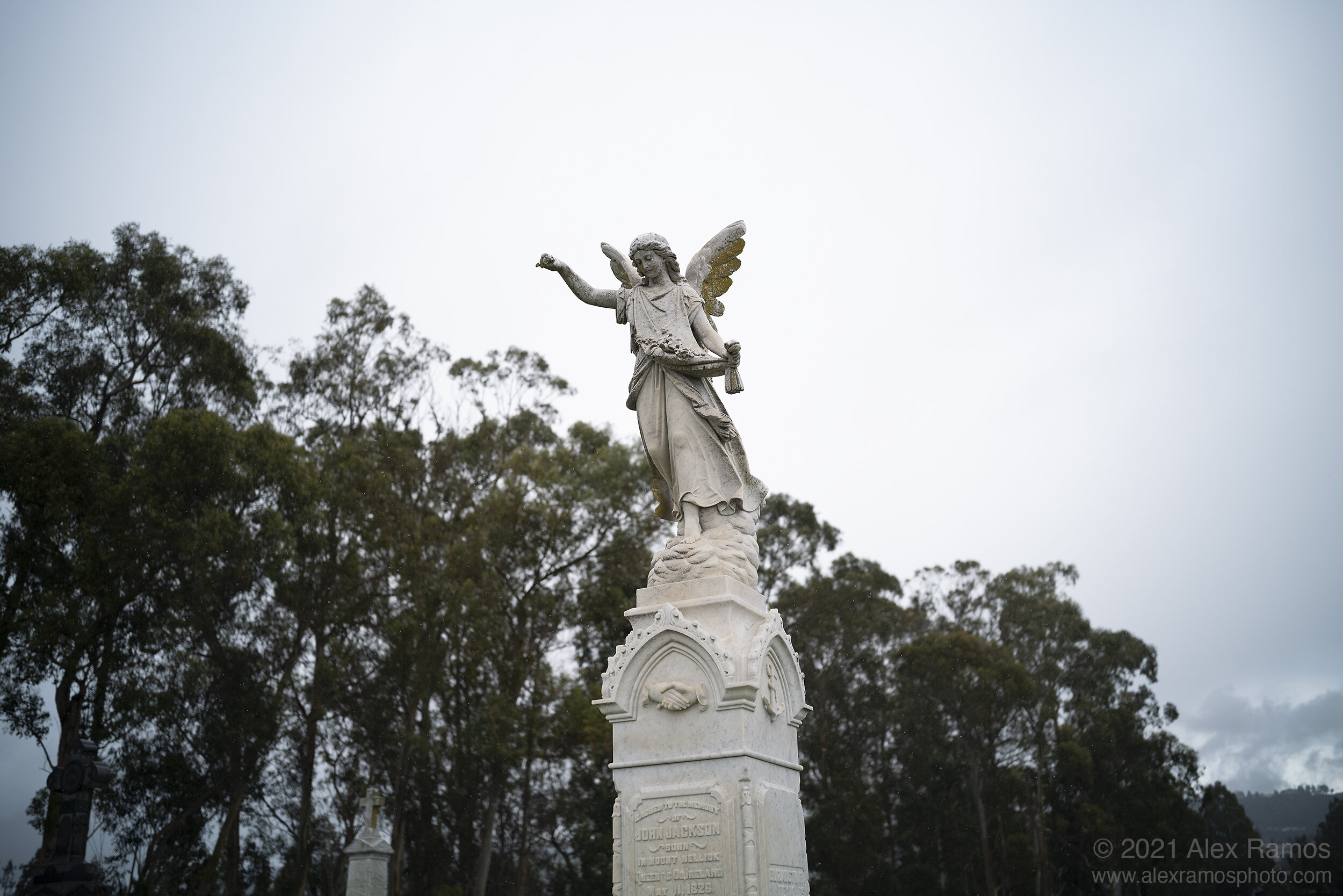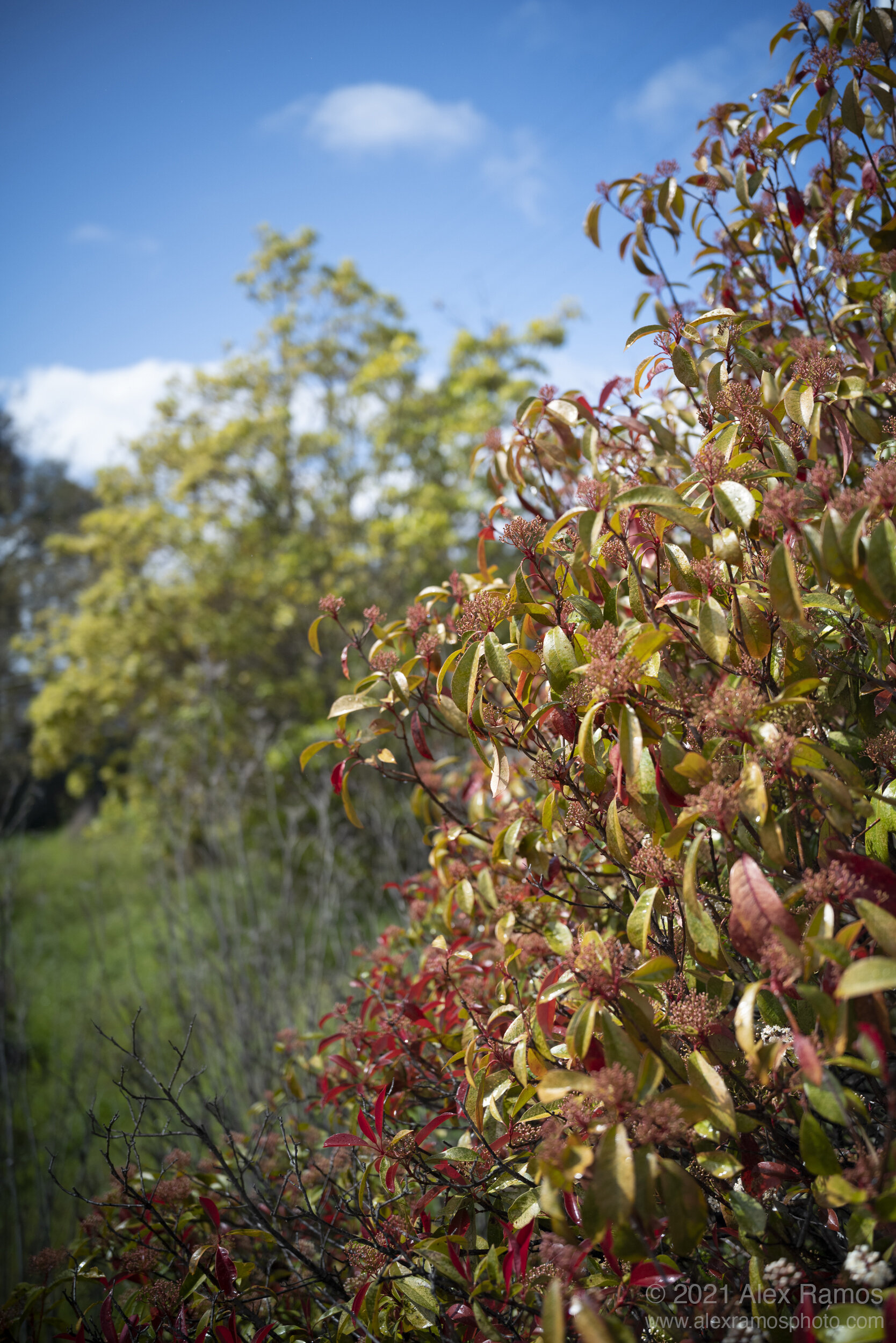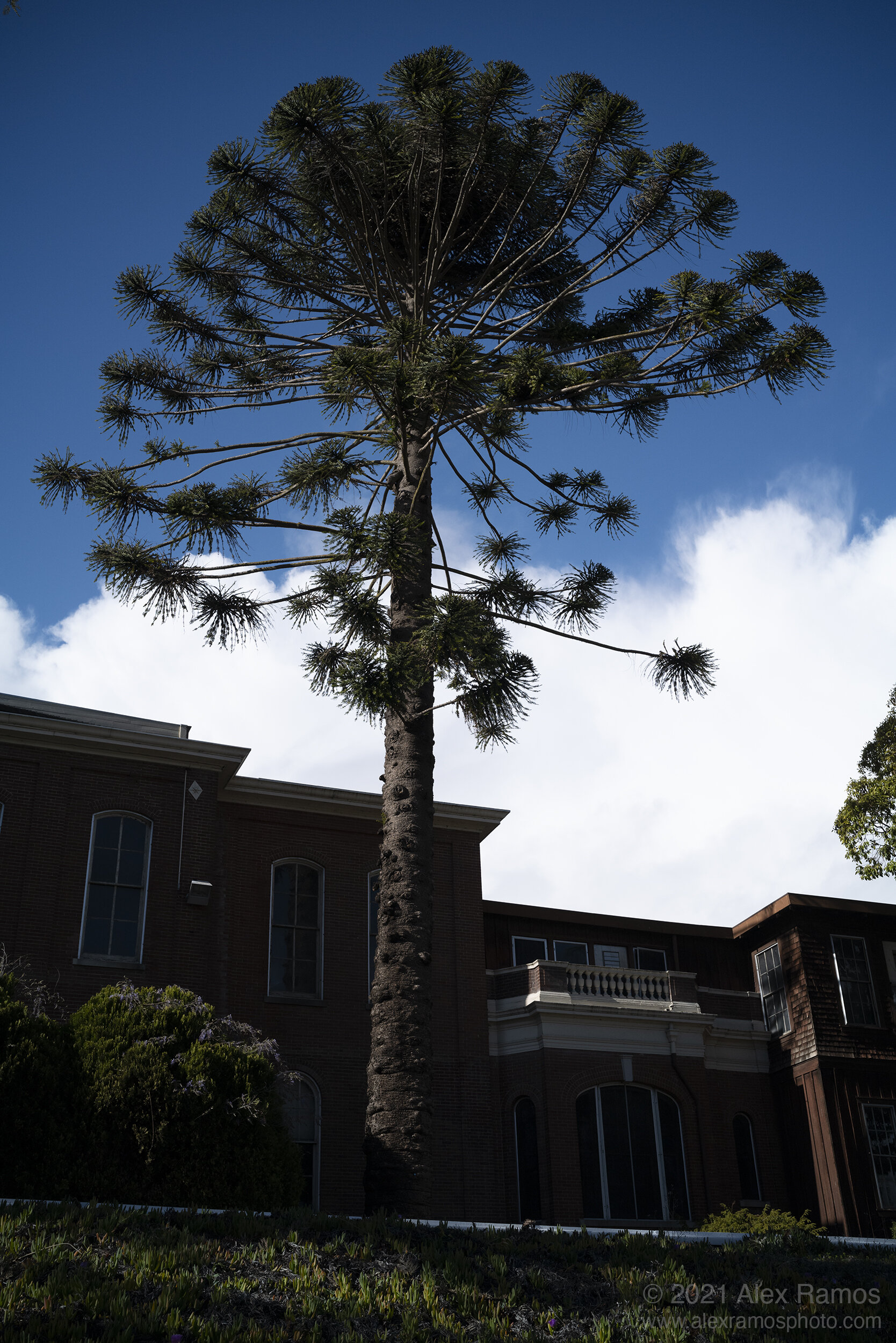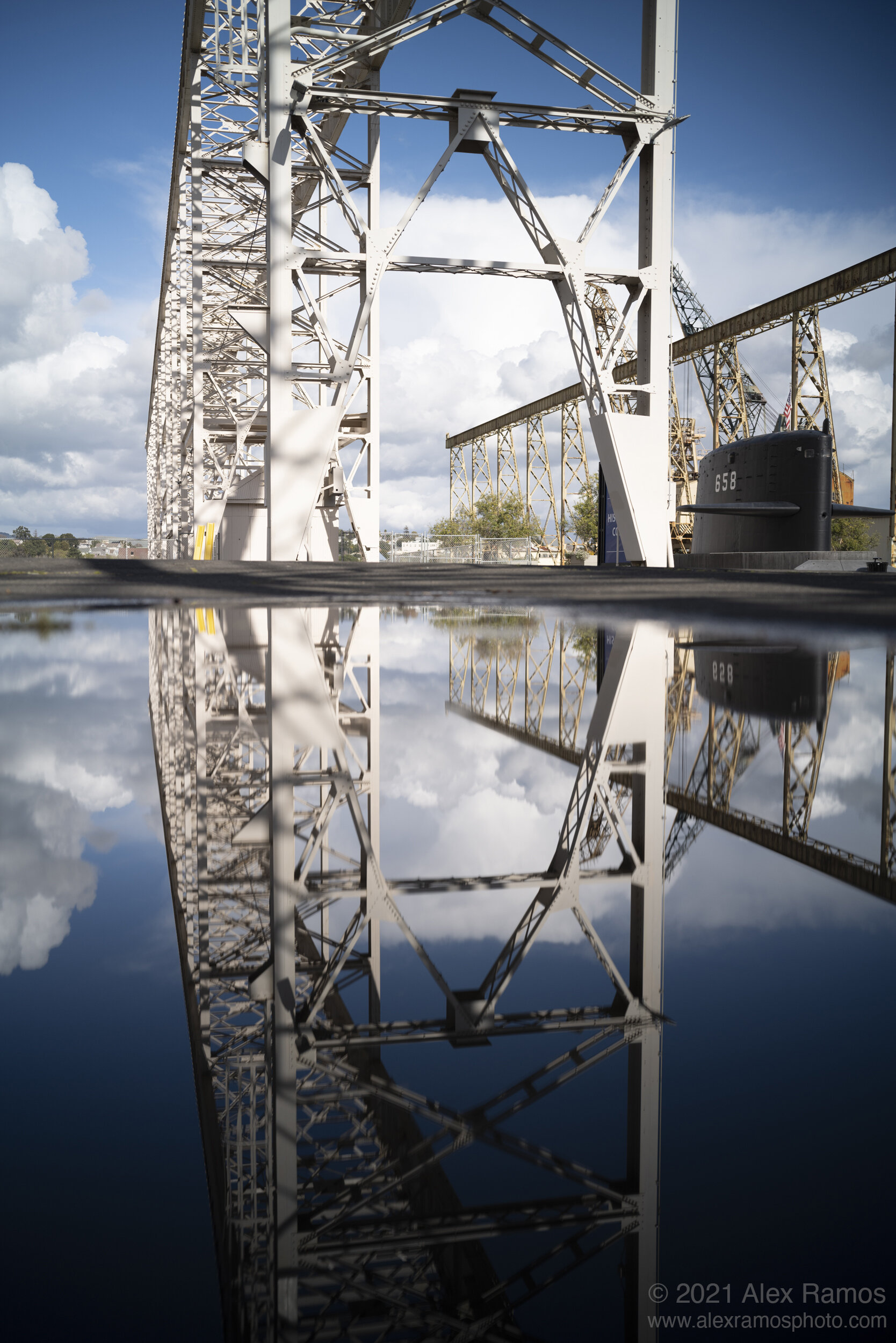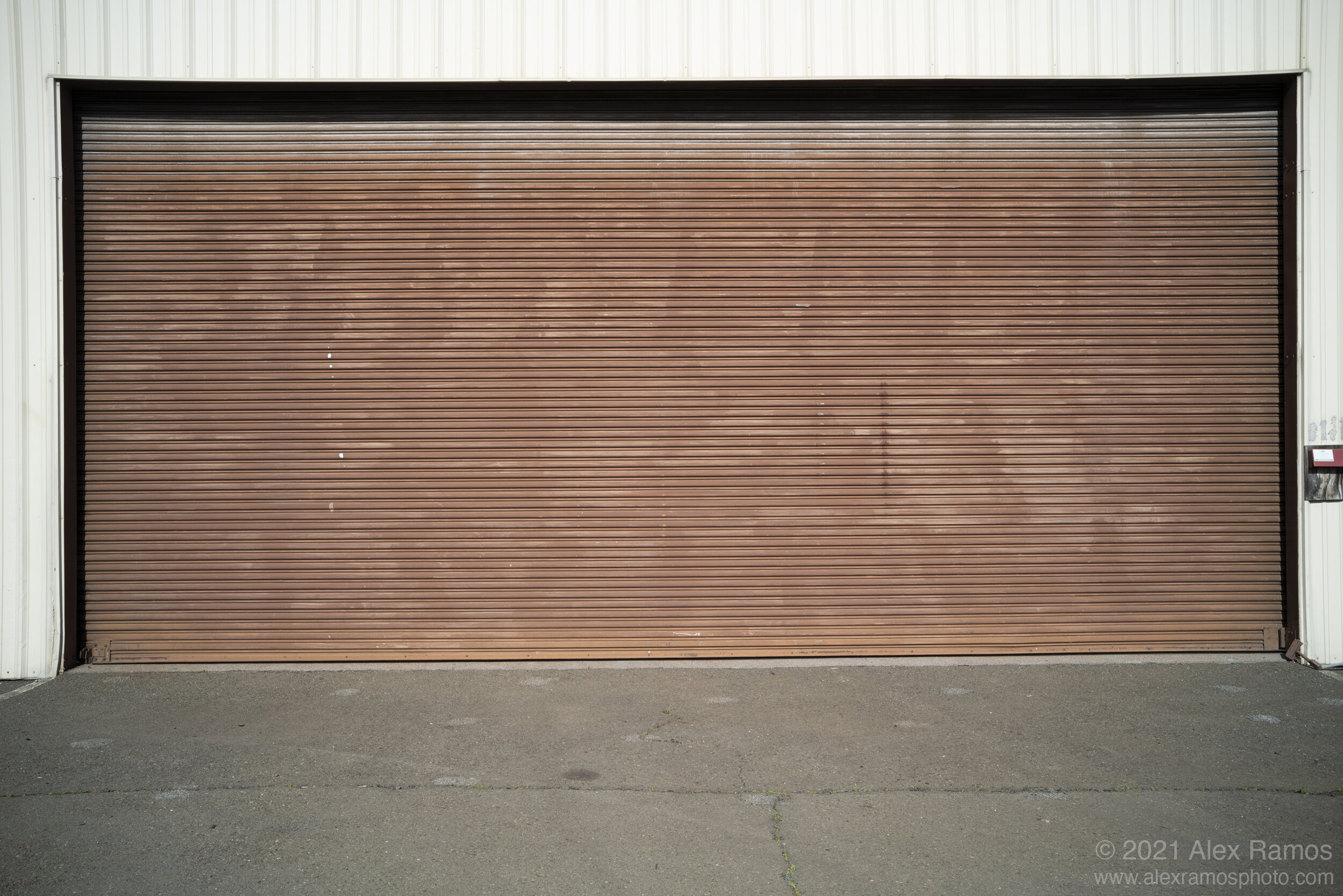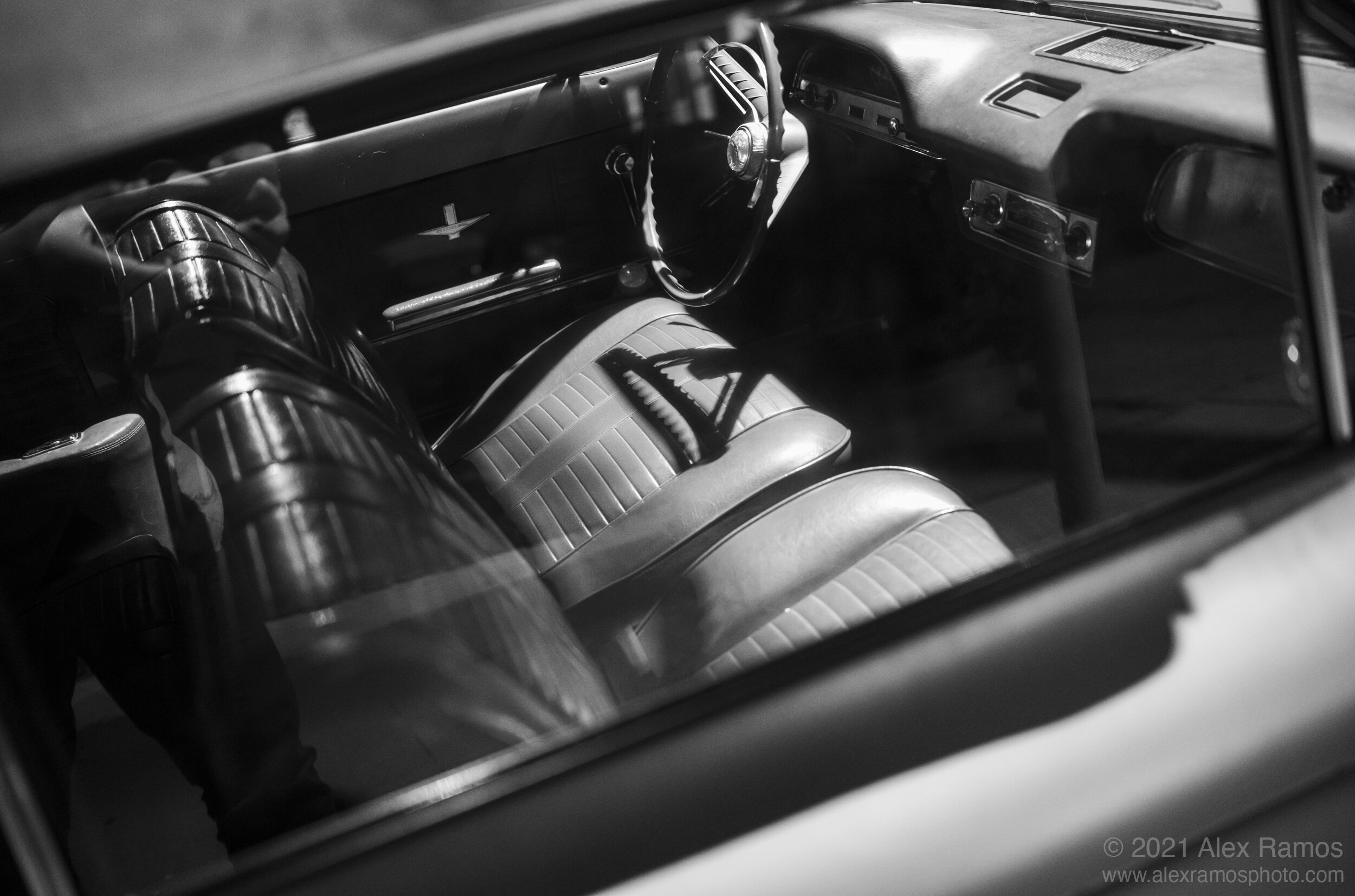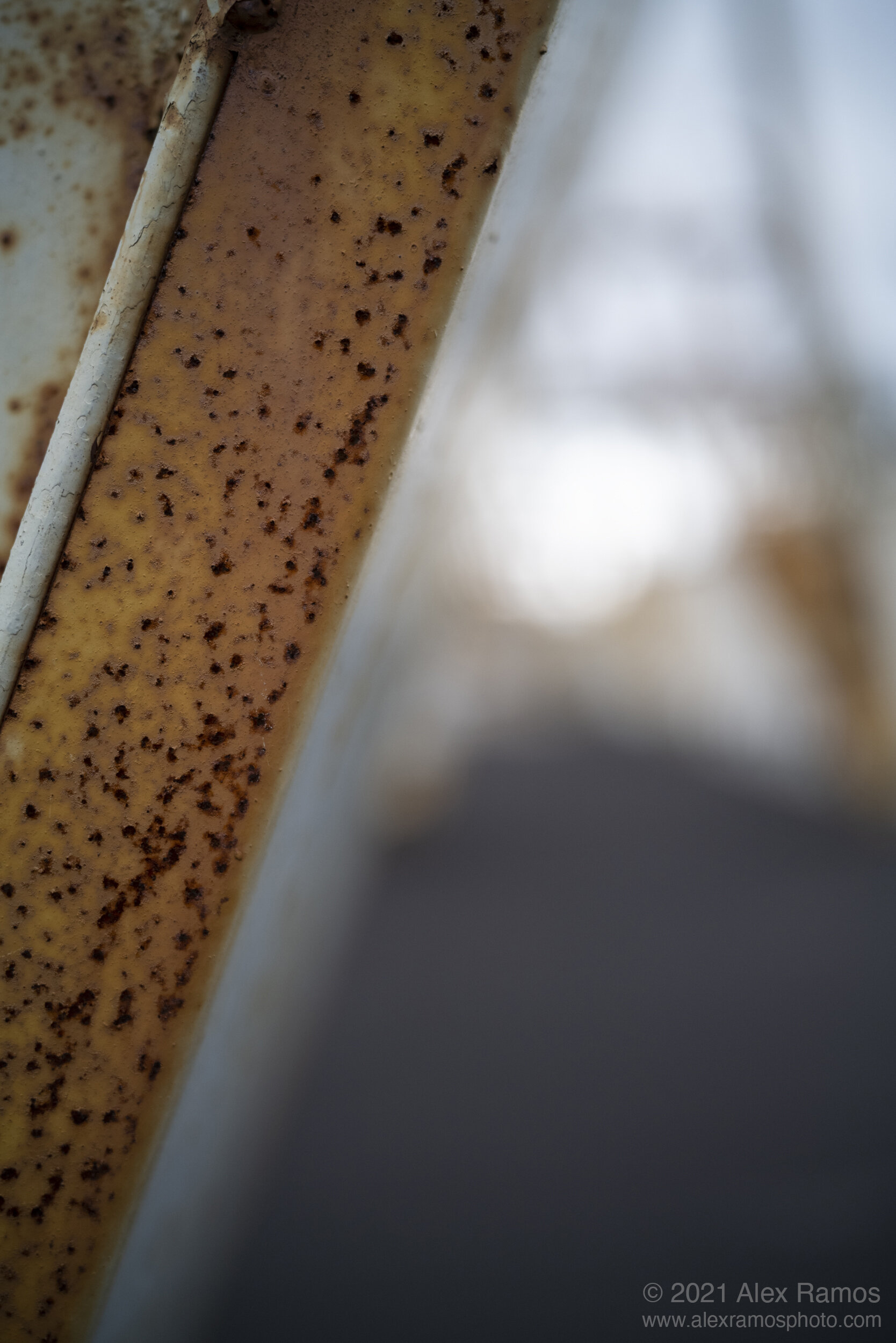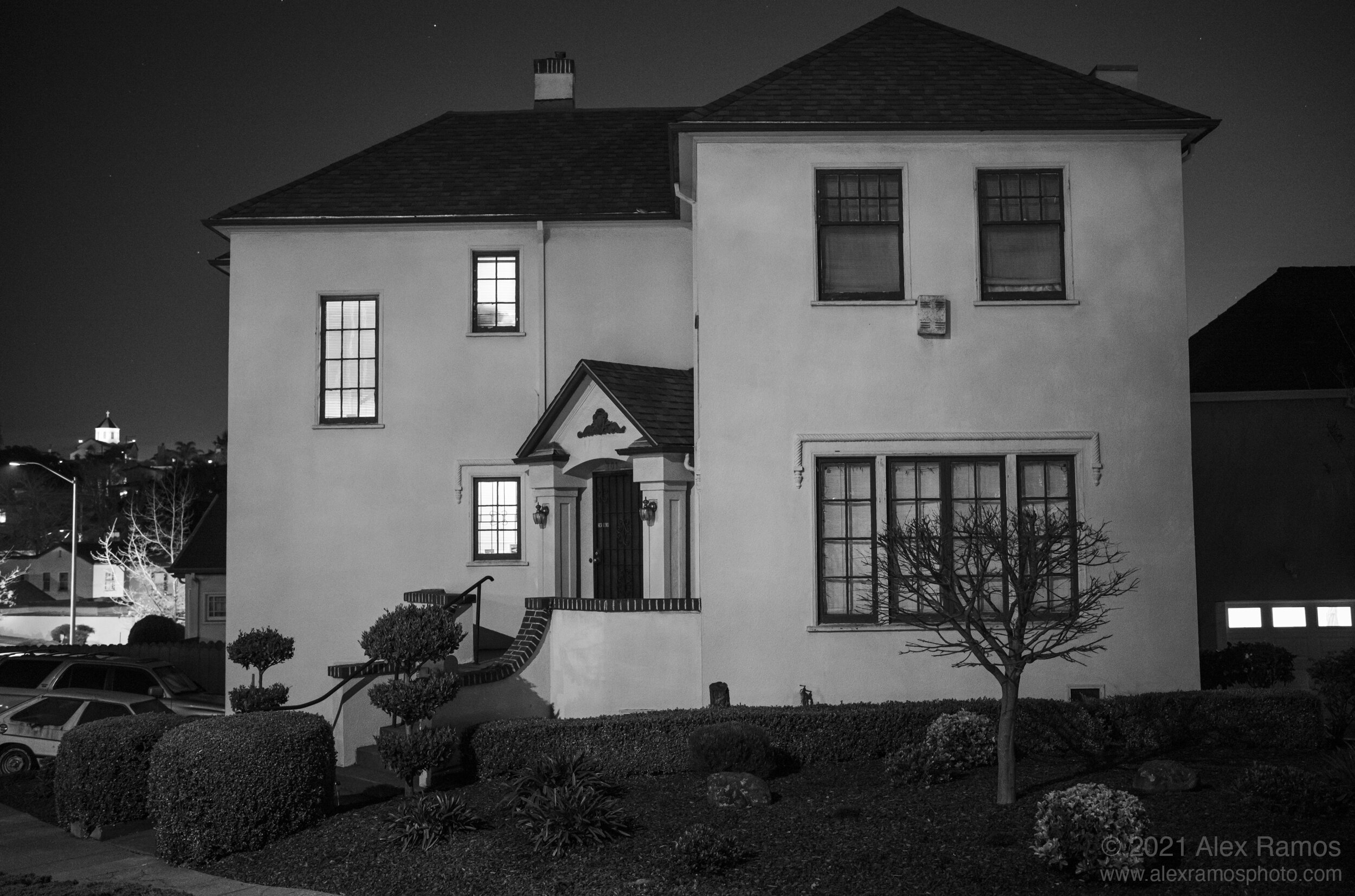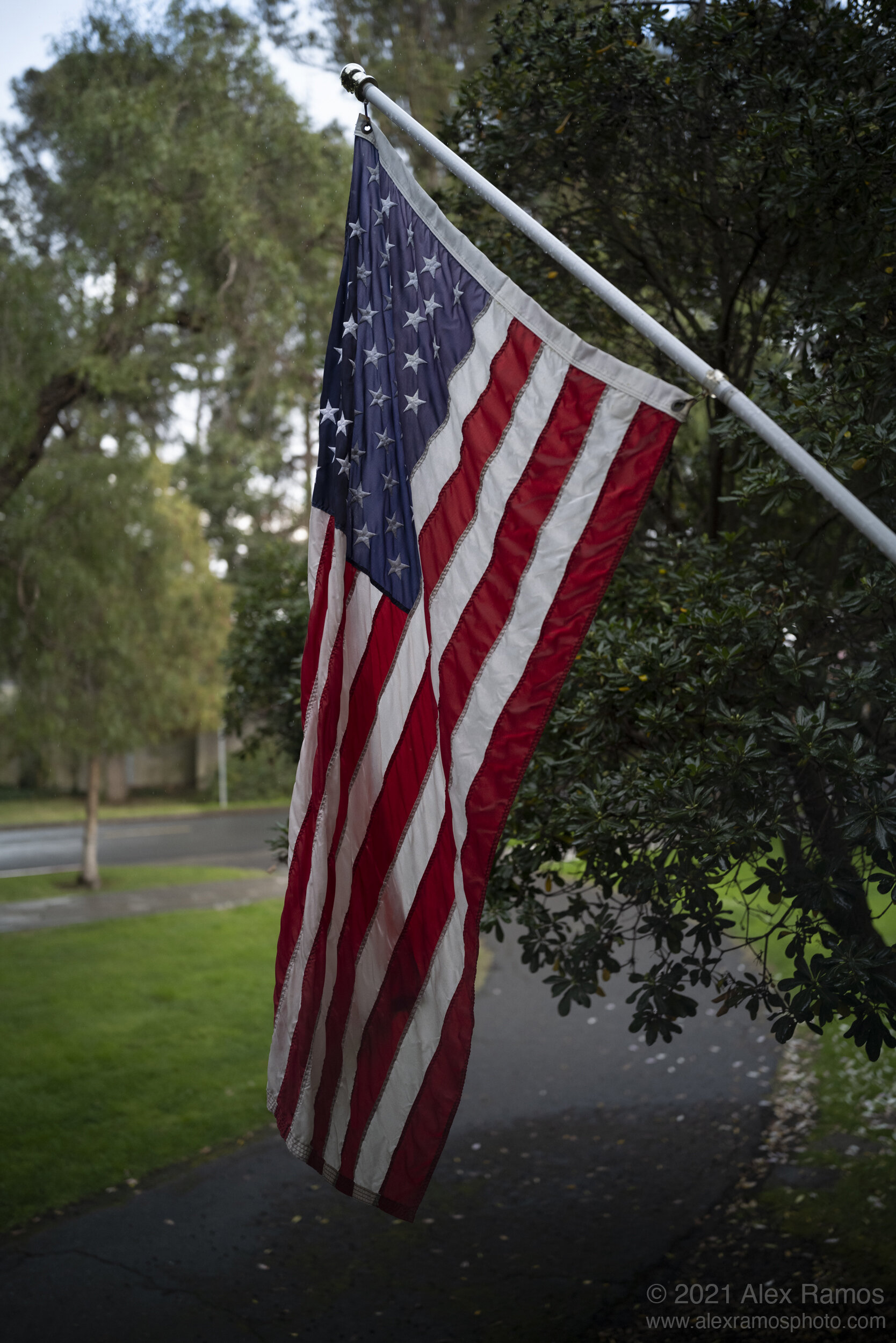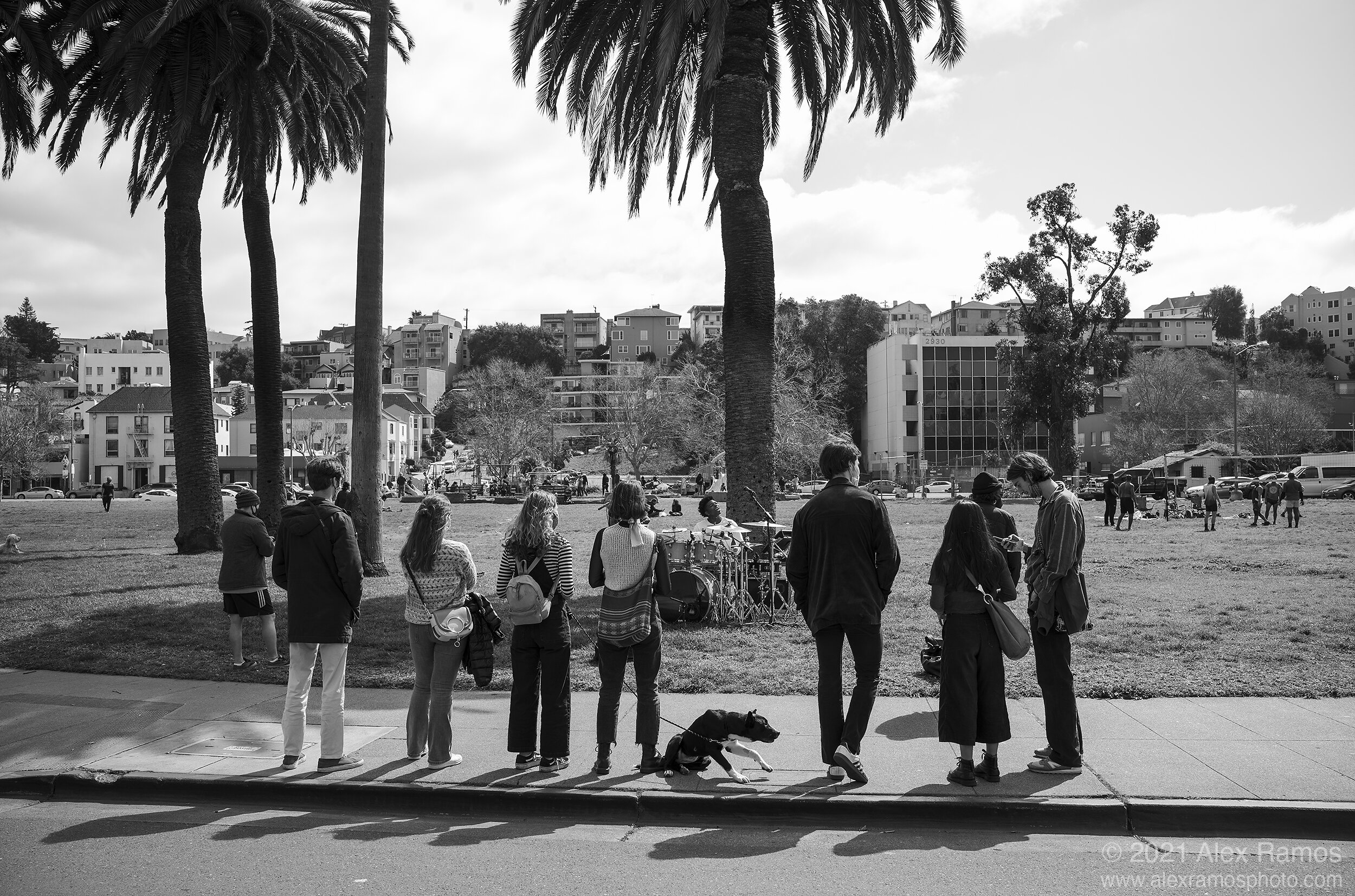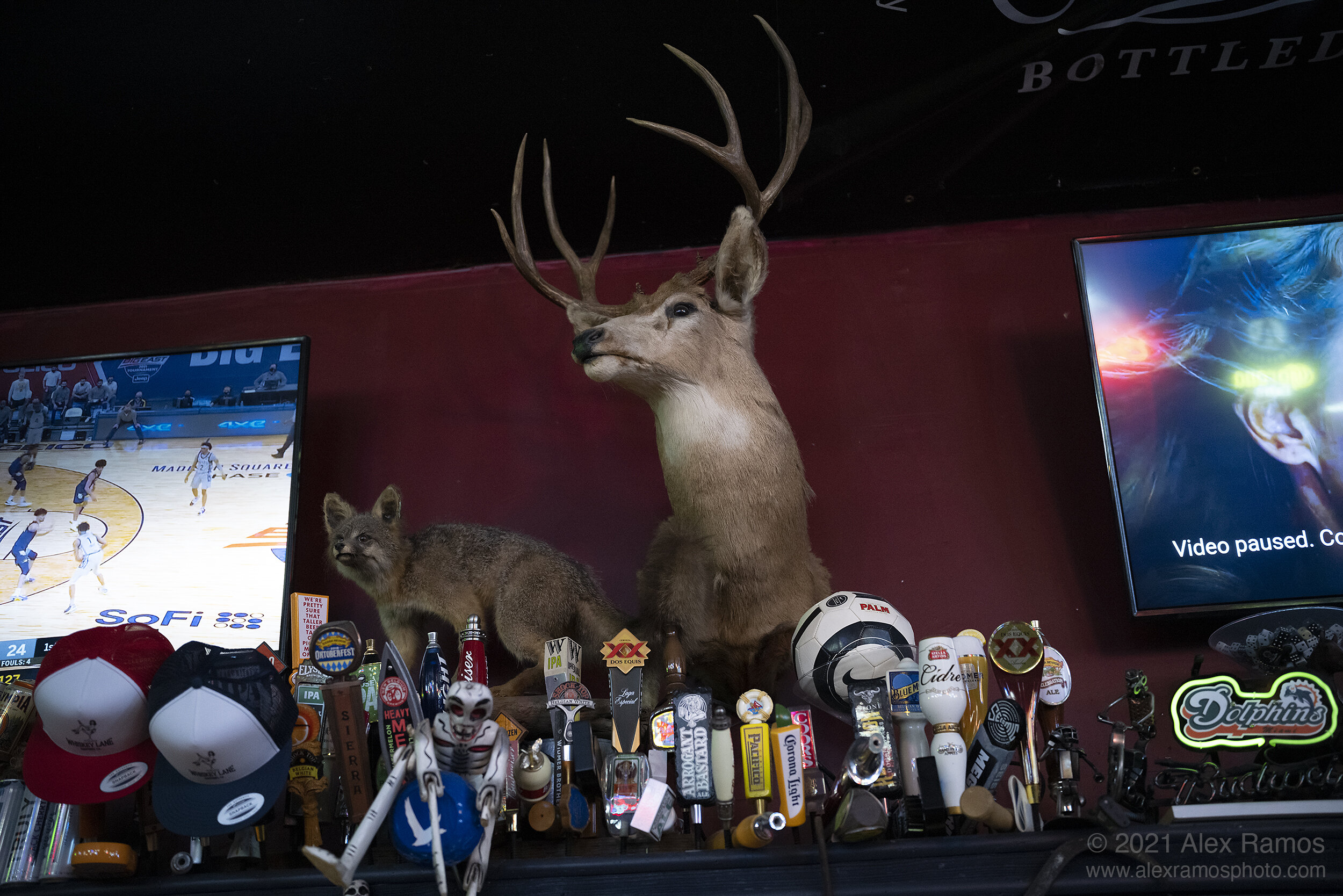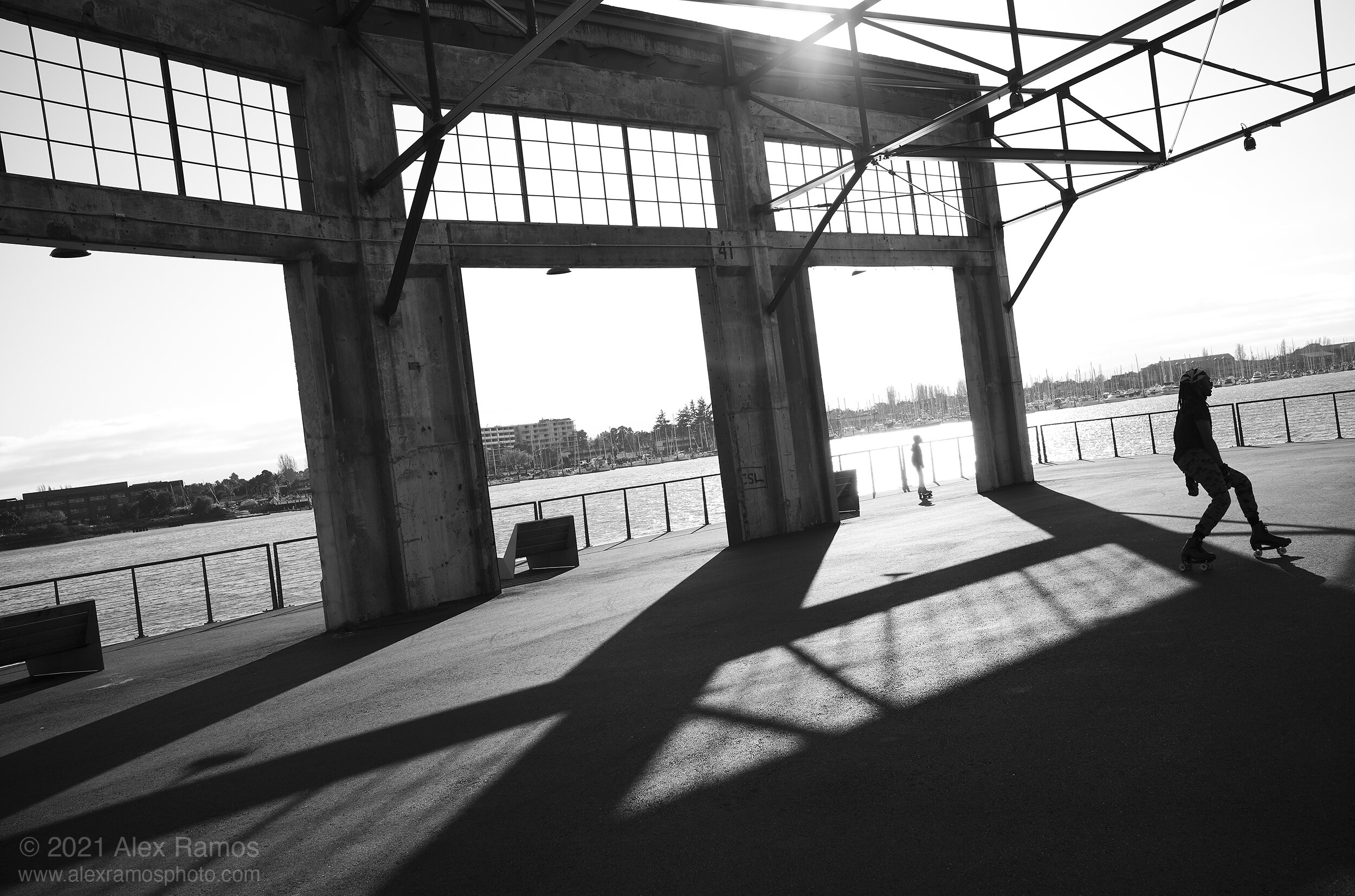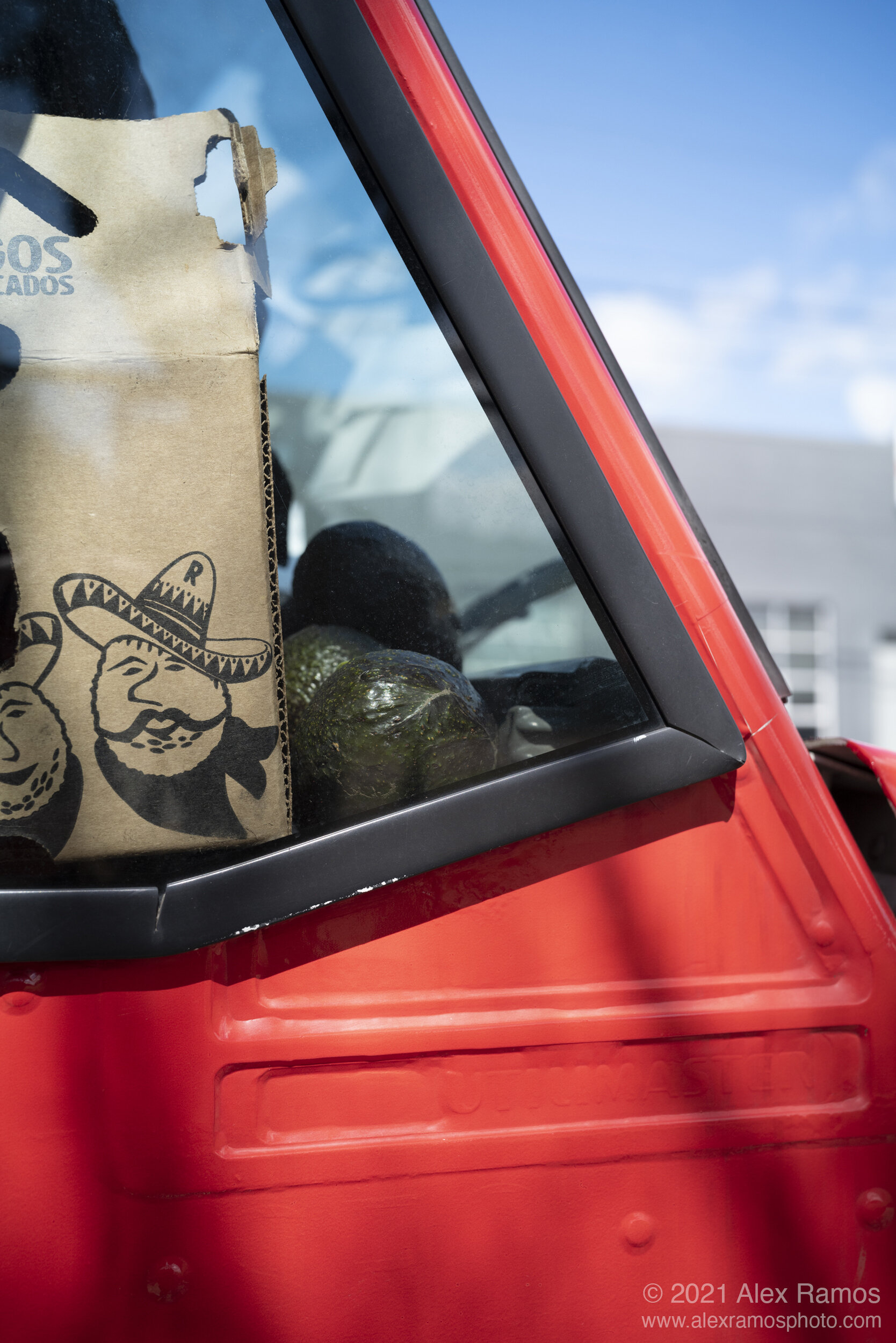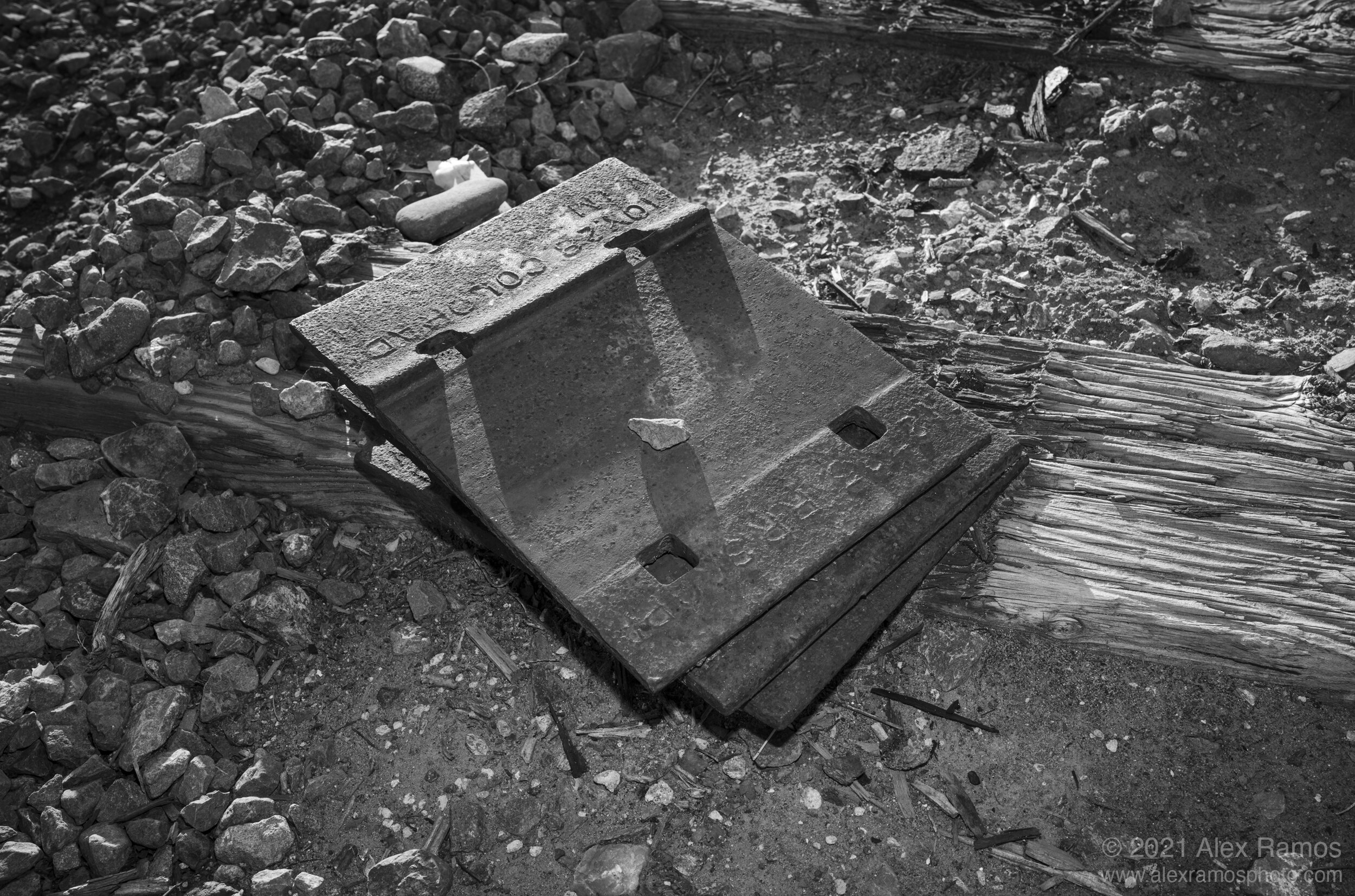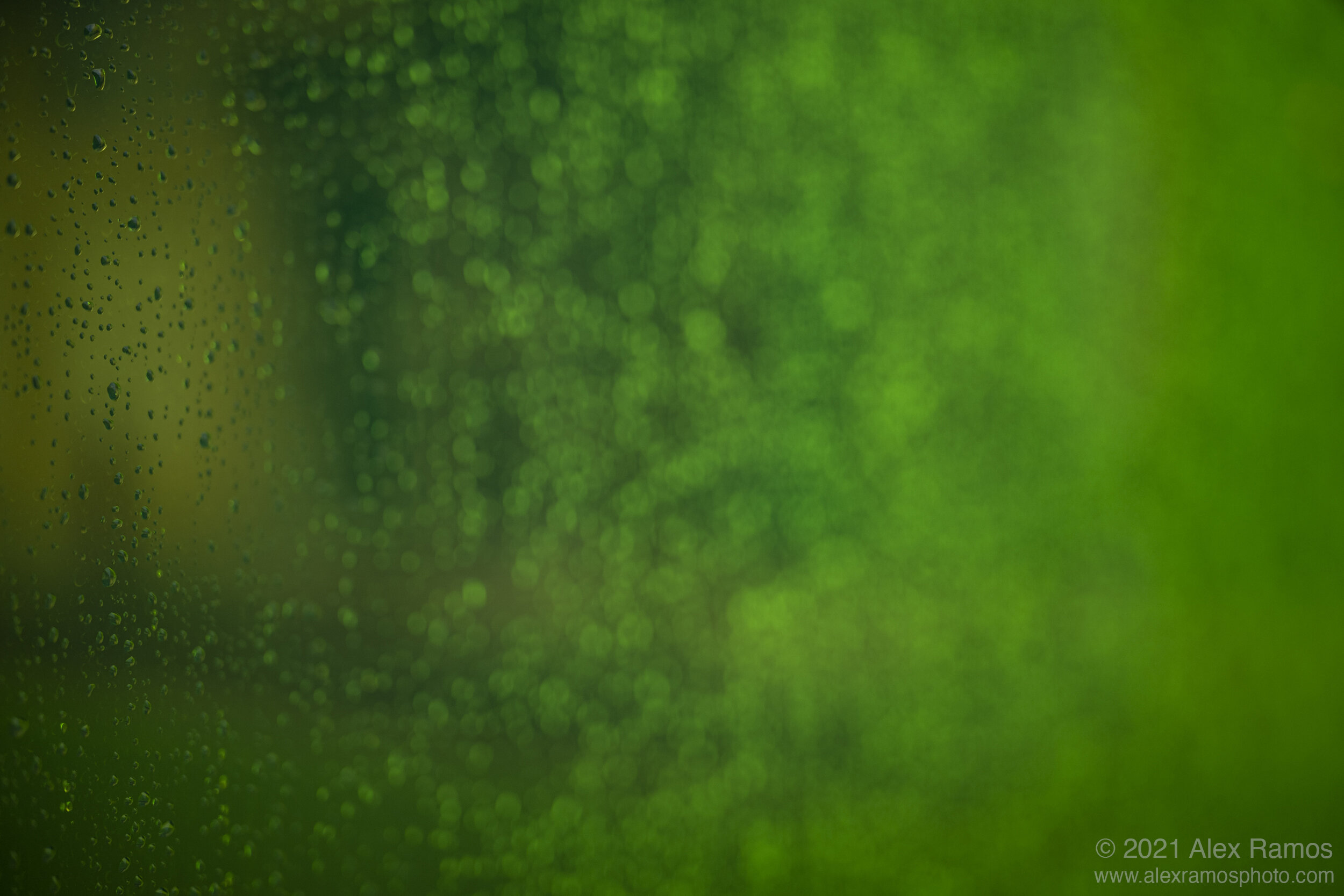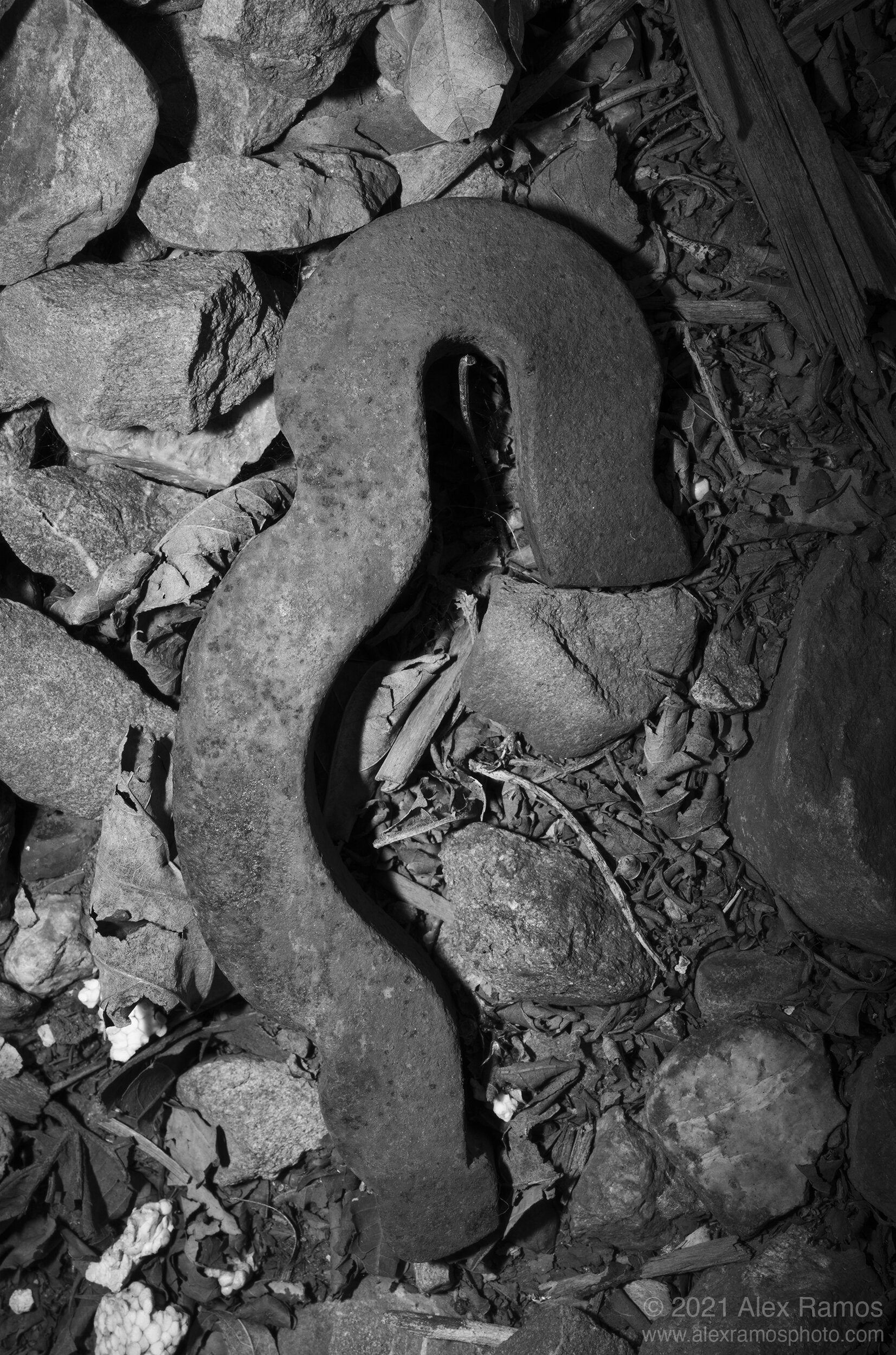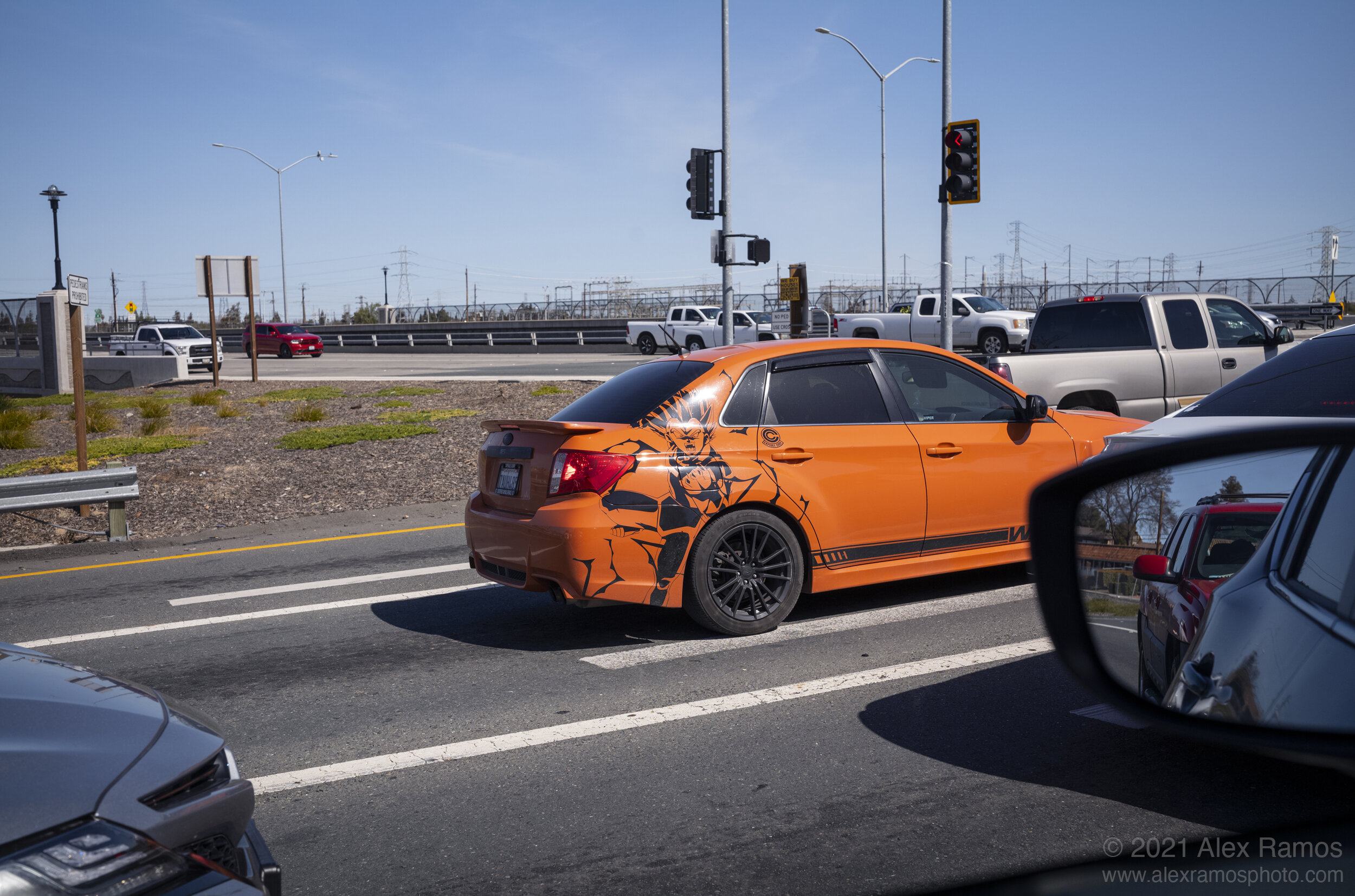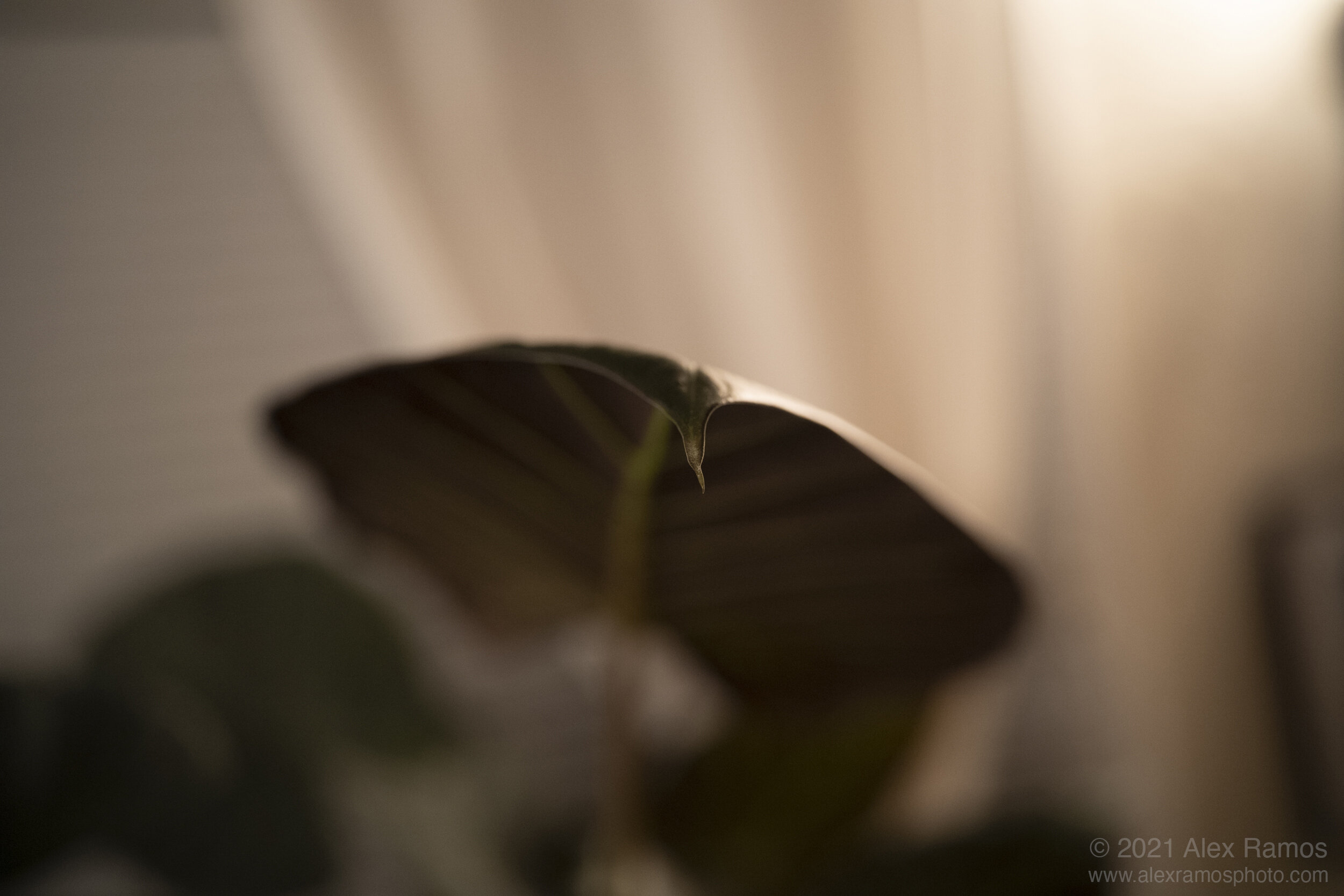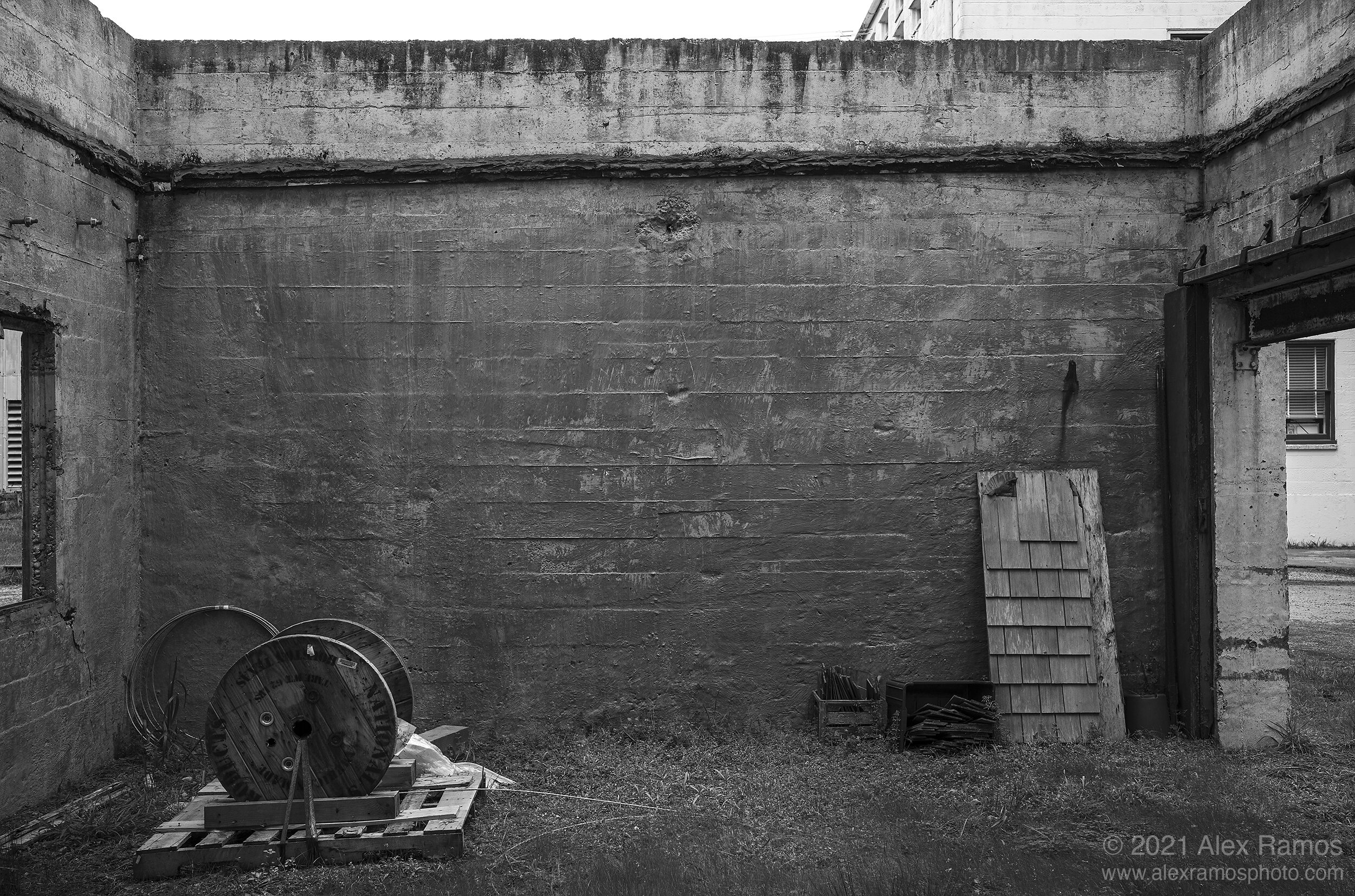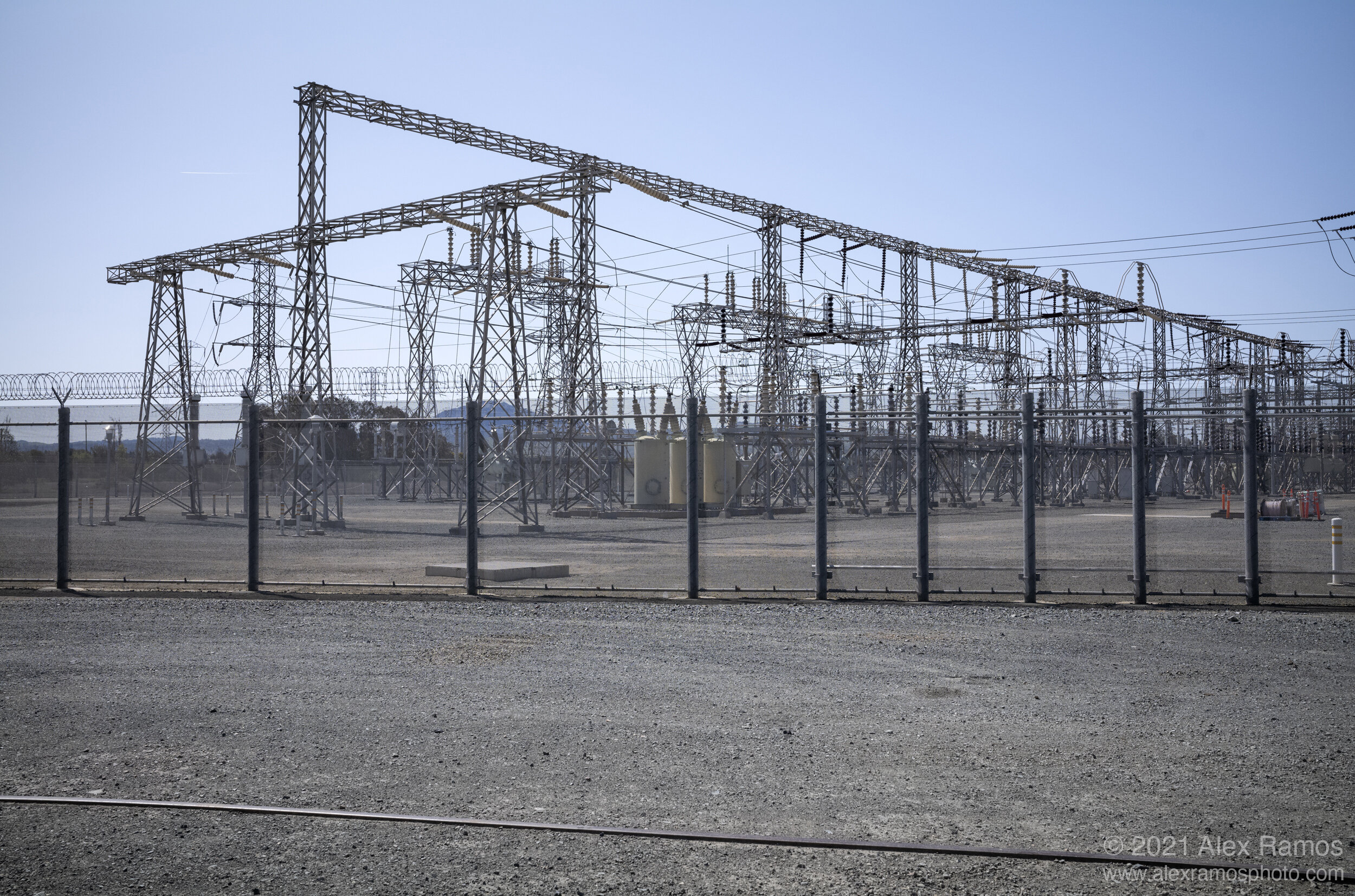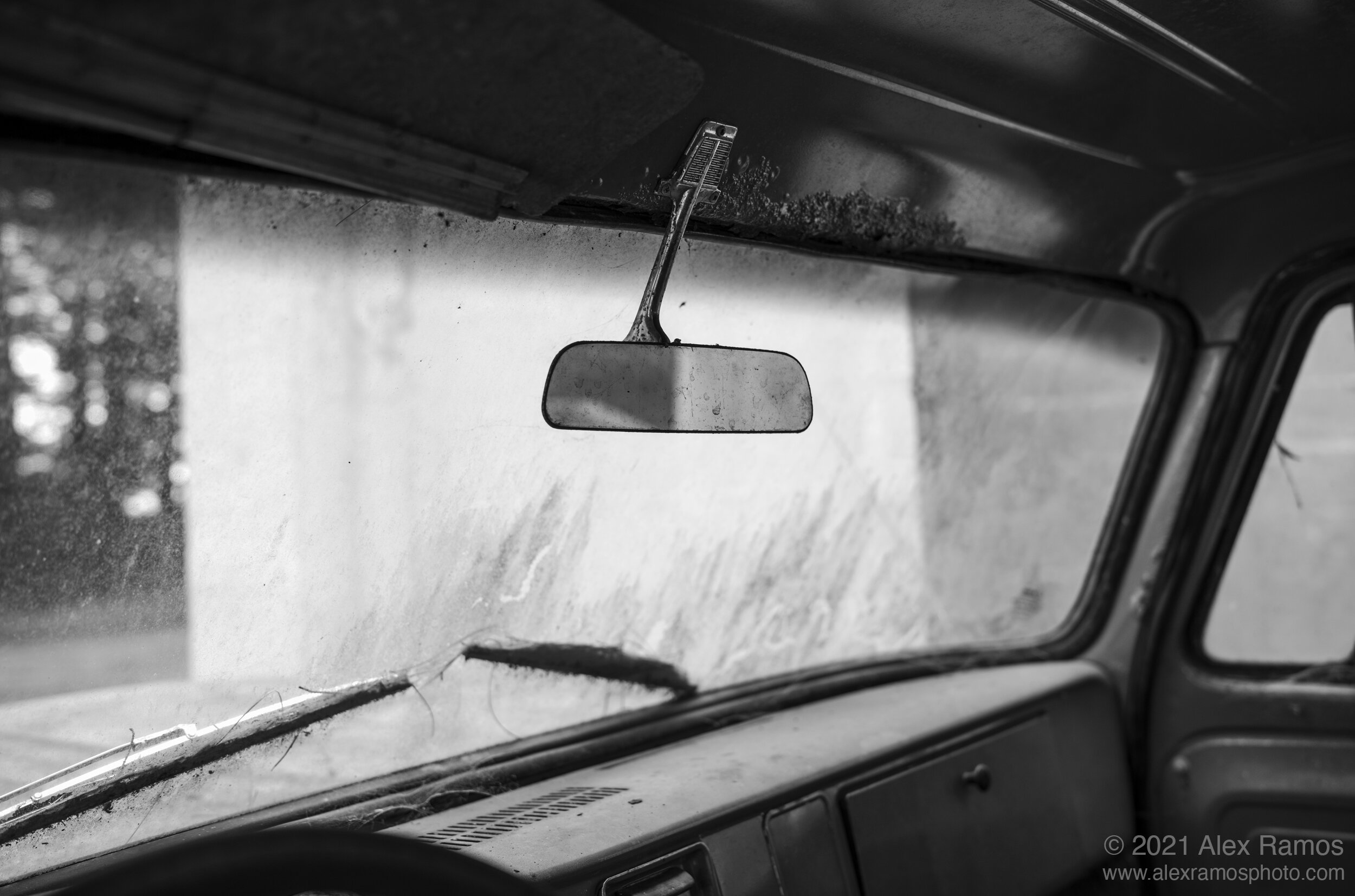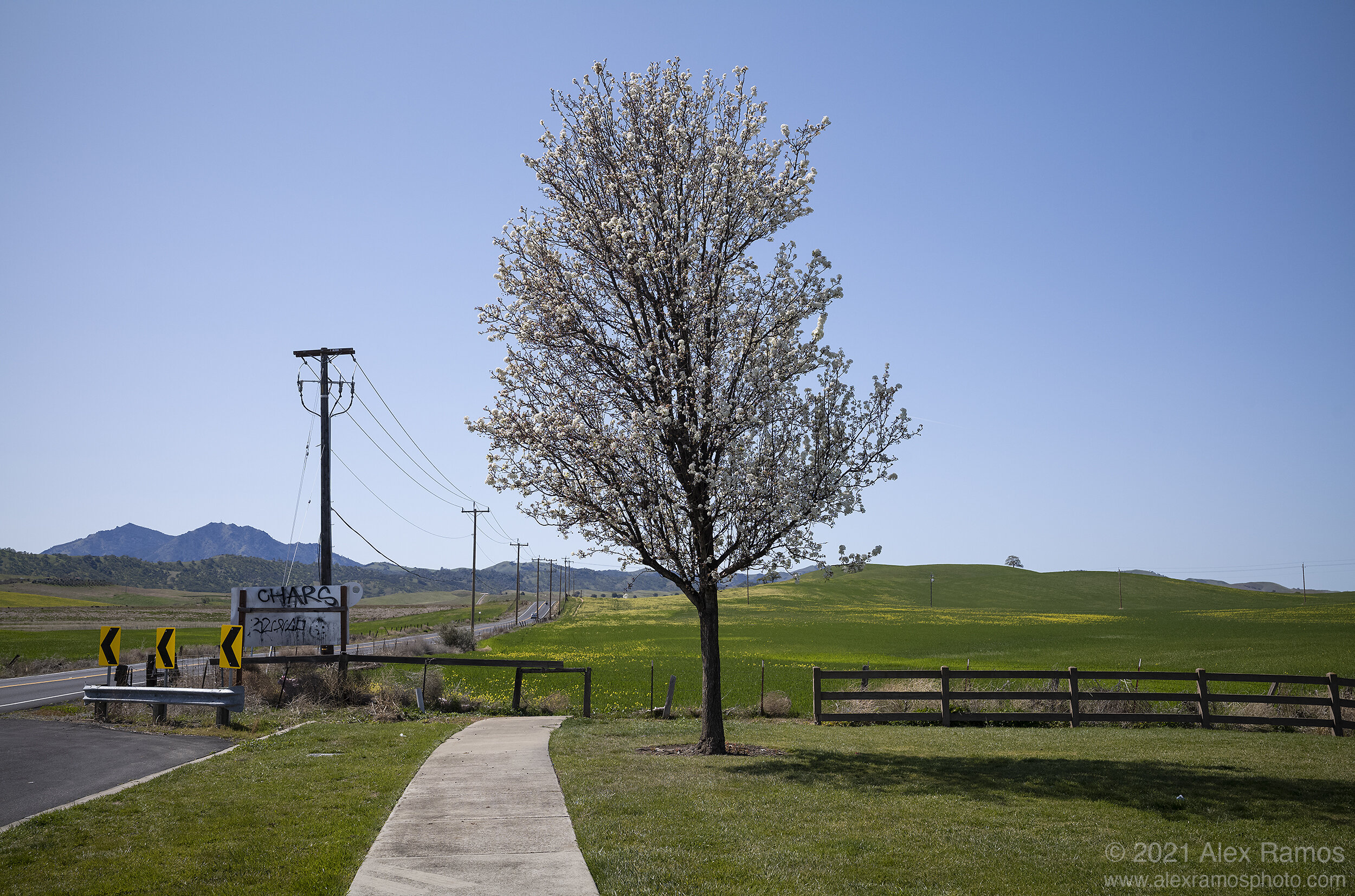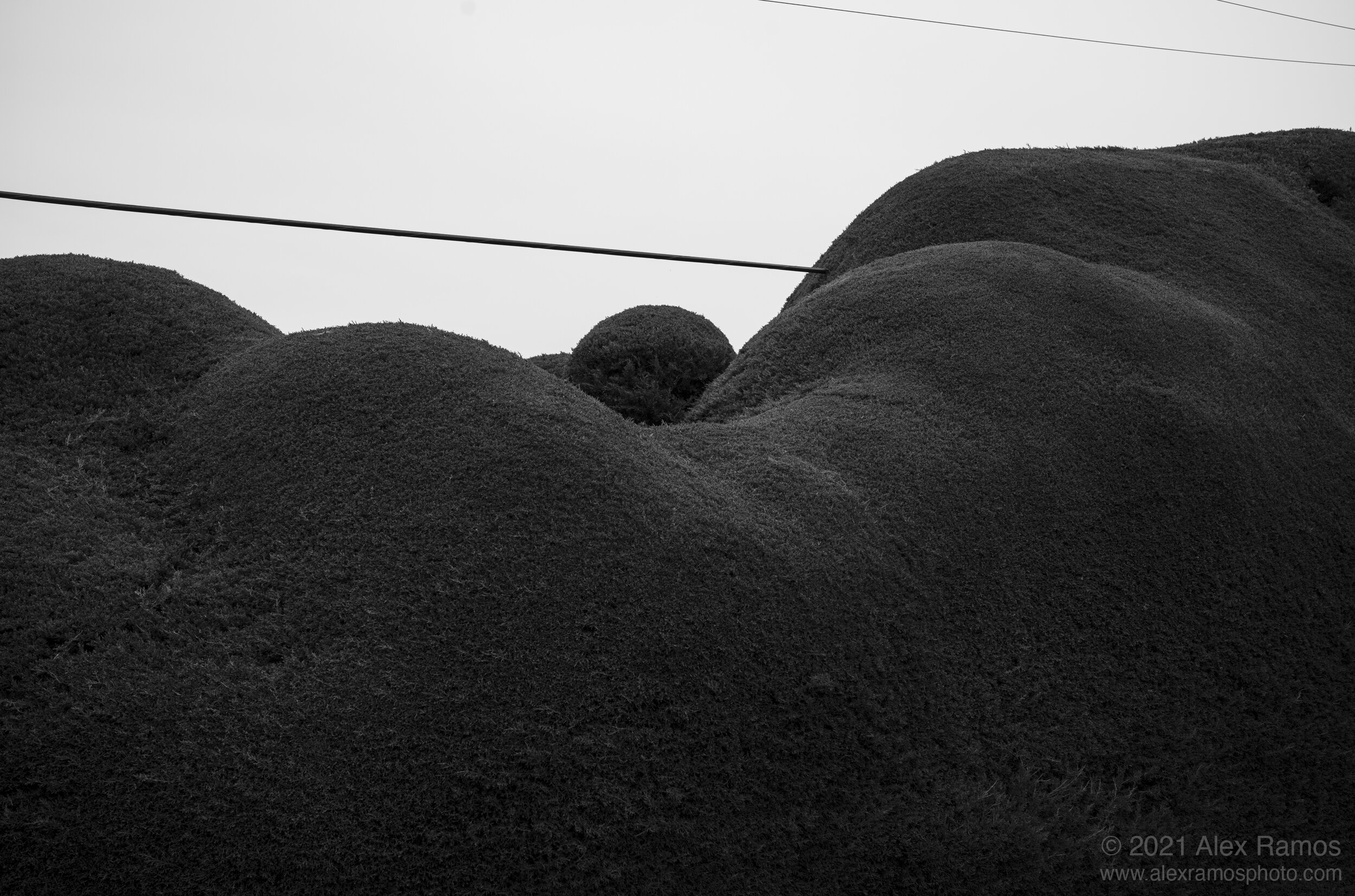I hear exciting rumors from Leica occasionally but I didn’t expect the announcement in early March 2021. My day started with conversations with friends who have a deep appreciation for Leica 35mm rangefinder photography:
“Look at what Leica just announced!”
“OMG… A new 35, I need to try this”
“APO?!?!?”
Leica announced the 35mm f/2.0 APO-Summicron-M which is now the leading 35mm focal length lens available for the rangefinder. It is the first 35mm apochromatic M lens, built using the highest quality materials for use with the M rangefinder and SL systems and offers a new close focus distance. The announcement came just weeks after the reissue of the 50mm Noctilux f/1.2. Clearly, Leica continues to put great effort into lens development for the rangefinder system that has been in production since 1954.
Peter Karbe, Leica’s head of optical development, and his team of designers, constructed the new 35mm lens using ten lens elements, four aspherical surfaces, in five groups. All of the elements except for one use a special type of glass that ensures aberrations, stray light, flaring, and additional characteristics are kept to a minimum to ensure the result is as optically correct as possible for a compact lens. The apochromatic design allows red, green, and blue wavelengths of light to travel through the lens elements at a precise point so that the image is recorded sharp, corner to corner, with excellent contrast, and virtually no aberrations.
I had the opportunity to test the lens on the M10-R, M10-M, and SL2 systems and also used it alongside the standard Leica 35mm Summicron for a side-by-side comparison. I tried to take advantage of the close focus as much as possible, in addition to shooting it wide open and stopped down in various types of light.
Physically, the lens is compact and weighs 320 grams. It is 41mm in length (49mm with hood) and 53mm in diameter. It includes a circular screw-on lens hood designed in a way that it doesn’t block the view from the rangefinder. For those who are familiar with Leica’s current production 35mm Summicron and 35mm Summilux, the new APO fits in between the two in size.
Leica rangefinder lenses have a standard focus distance that normally ranges between 0.7 meters and infinity but the new 35mm lens was designed to be used at a new close focus distance of 0.3 meters, a first for any M lens. When out in the field, the new focus distance made it feel like I was using two lenses in one. The lens’s ability to focus closer drew me in on areas of the view that I didn’t initially notice at first. I was able to make a portrait of my small dog in my living room, to show more of the surrounding area, but I then pulled focus a full 300°, past the light detent, or transition between standard distance to close focus, to make an even tighter portrait, and have sharp and clear detail in his eye. The Leica rangefinder system isn’t designed to be able to focus a lens at such a close focus distance, so to be able to properly focus on macro mode between 0.7 meters and 0.3 meters, I had to use the live view screen on the back of the camera or the Visoflex electronic viewfinder.
The 35mm focal length is a great standard and starting point for anyone who is familiar to photography or just starting out. It’s the perfect bridge for those who don’t want to use a wide-angle 28mm or the 50mm portrait lens. It’s my favorite recommendation for the one camera / one lens combination. The 35mm APO’s ability to render contrast, color, resolution with incredible clarity is what impresses me most about the lens. Wide-open it performs beautifully and offers a nice buttery out-of-focus area when shooting at maximum aperture. There is slight distortion noticeable at the corners when doing more technical photography, such as photographing head-on against a building or wall. For photographers who print or crop into your images, you will like this lens because of the resolution it can achieve. Whether your goal is to capture a landscape, and subject within the landscape or even a finer detail that requires a close-up, this is the all-in-one package.


